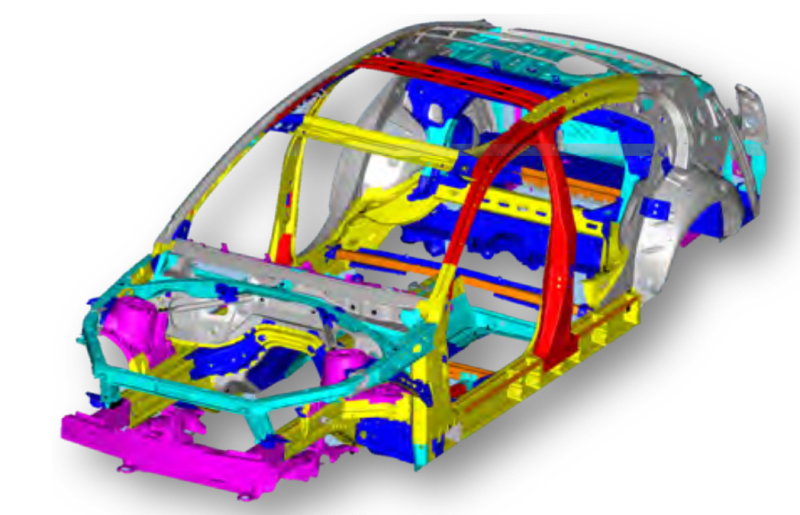TimSchrader2
Mechanical
Hello Again
Note that most all Mack Trucks use 120KSI steel in the Truck Frames. Automakers use Ultra HSS quite a bit. Since this use is seen in eveyday use, like with buildings, you would think the Steel Manual would address a allowable stress for it. 80KSI ASTM A-656 is used in steel crane booms and trailers. 80ksi may be in the latest Steel manual. The dynamic loads in cars is usually higher in everyday use than buildings. Unless there is high winds.
I am surprised by the lack of attention given to this class of steels by the codes.
See previous thread below
Note: AISC stand for American Institute of Steel construction. Buildings and briges are its main concern, but the society was intended for all steel construction.
REference thread172-447312
Note that most all Mack Trucks use 120KSI steel in the Truck Frames. Automakers use Ultra HSS quite a bit. Since this use is seen in eveyday use, like with buildings, you would think the Steel Manual would address a allowable stress for it. 80KSI ASTM A-656 is used in steel crane booms and trailers. 80ksi may be in the latest Steel manual. The dynamic loads in cars is usually higher in everyday use than buildings. Unless there is high winds.
I am surprised by the lack of attention given to this class of steels by the codes.
See previous thread below
Note: AISC stand for American Institute of Steel construction. Buildings and briges are its main concern, but the society was intended for all steel construction.
REference thread172-447312

